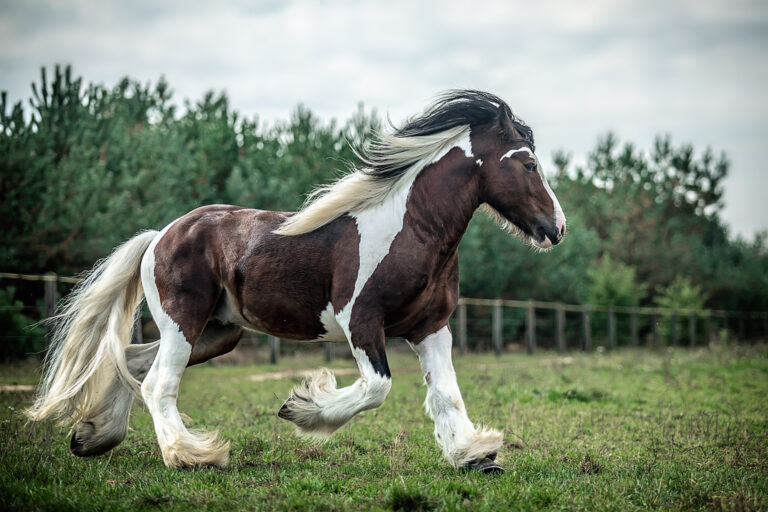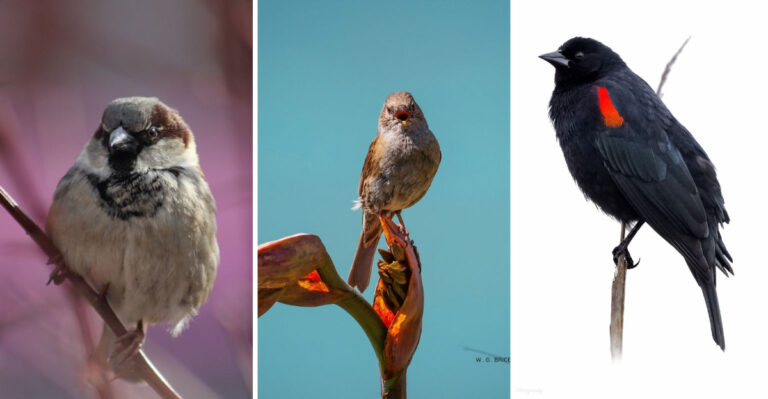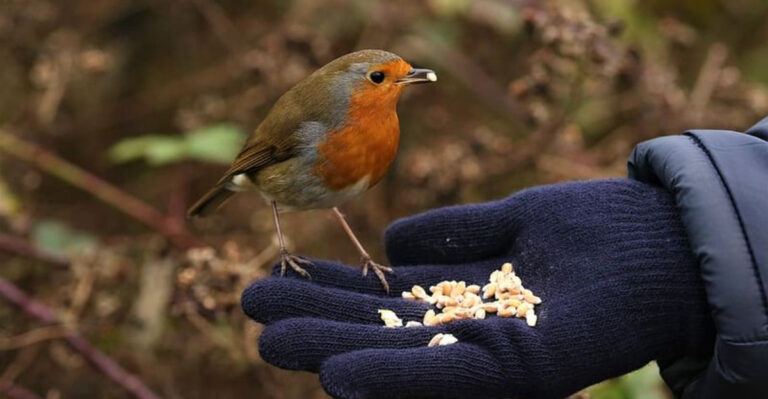These Rare Egg-Laying Mammals Refuse To Go Extinct
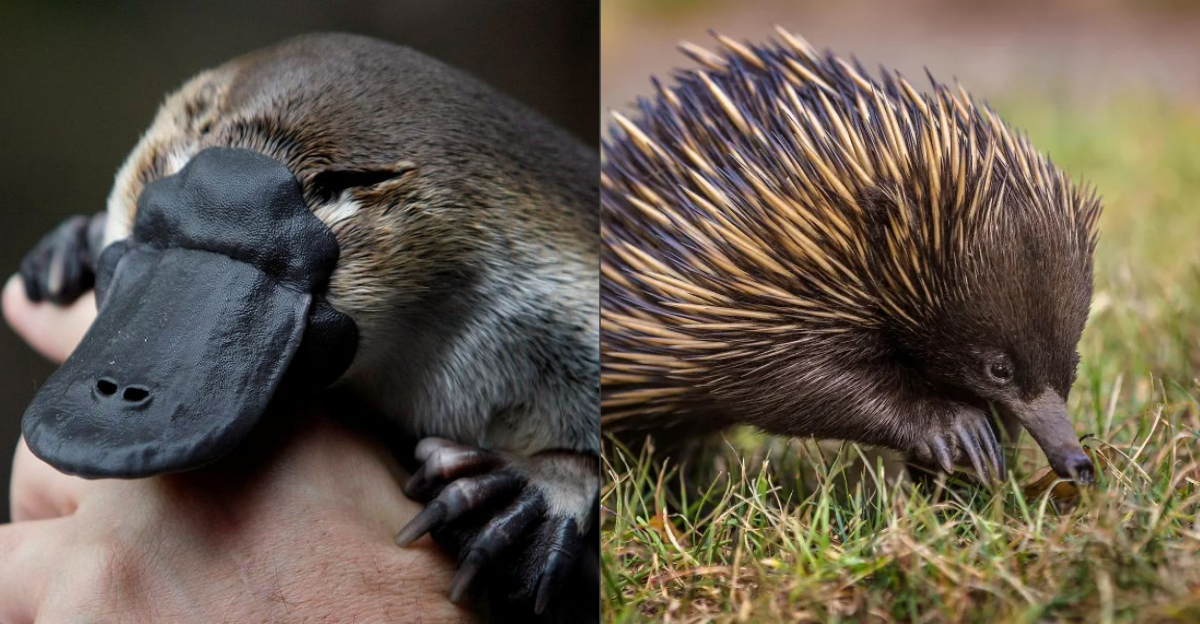
When you think of mammals, you probably picture animals giving birth to live young. But a few rebel mammals break this rule completely! Monotremes – the platypus and echidnas – are the world’s only mammals that lay eggs instead of giving birth.
These strange creatures combine mammal traits like fur and milk with reptile-like egg-laying, making them living fossils that have survived since dinosaur times.
1. Platypus
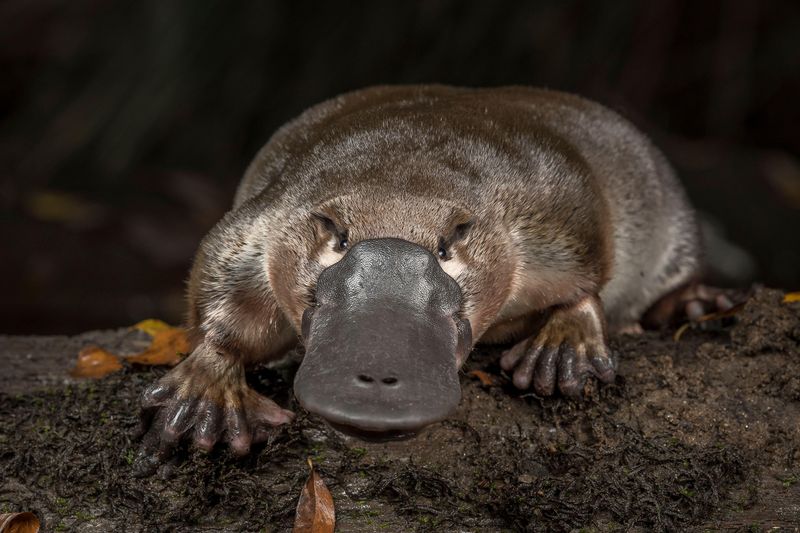
Scientists thought the first platypus specimen was a hoax! With its duck bill, beaver tail, and otter feet, this bizarre creature seemed impossible. Native to eastern Australia, these shy swimmers detect prey with electroreceptors in their bills.
Males pack venomous ankle spurs that can cause excruciating pain. Despite pollution and habitat destruction threatening their homes, platypuses stubbornly maintain stable populations in many waterways.
2. Short-Beaked Echidna
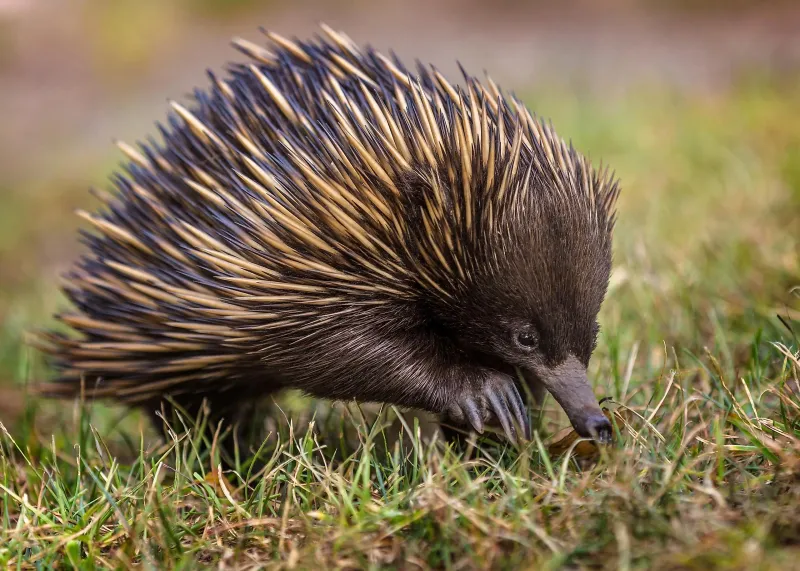
Looking like walking pincushions, short-beaked echidnas are covered in sharp spines mixed with coarse fur. Found across Australia, these adaptable foragers use their long, sticky tongues to slurp up thousands of ants and termites daily.
When frightened, they either dig quickly into soil or curl into impenetrable balls. Their remarkable resilience has helped them thrive in environments from snowy mountains to scorching deserts, making them Australia’s most widespread native mammal.
3. Long-Beaked Echidna
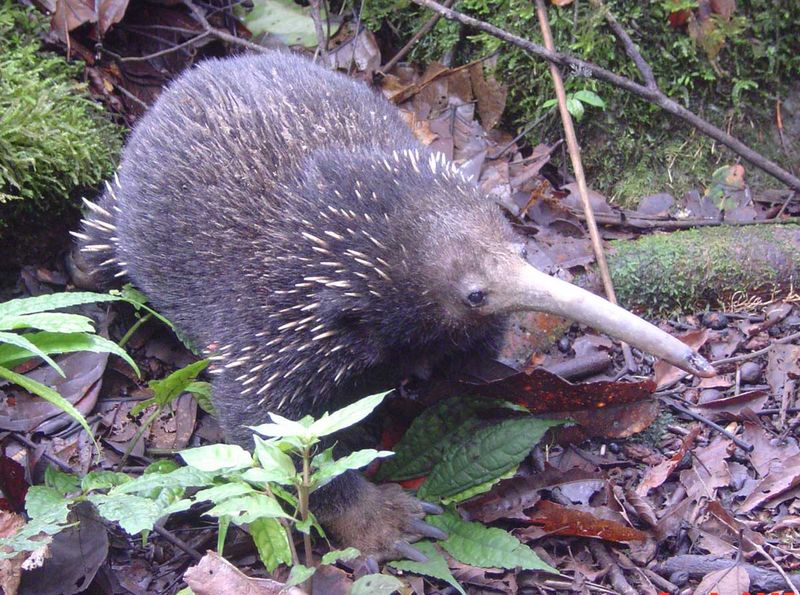
Roaming New Guinea’s misty mountains, long-beaked echidnas remain largely mysterious to science. With snouts twice as long as their short-beaked cousins, these rare creatures probe deep into soil for earthworms and larvae.
Local hunters prize them for their meat, pushing all three species toward endangerment. Unlike other monotremes, they possess forward-facing pouch openings where babies develop after hatching. Conservation efforts now race against time to protect these living fossils before they disappear forever.
4. Zaglossus Attenboroughi
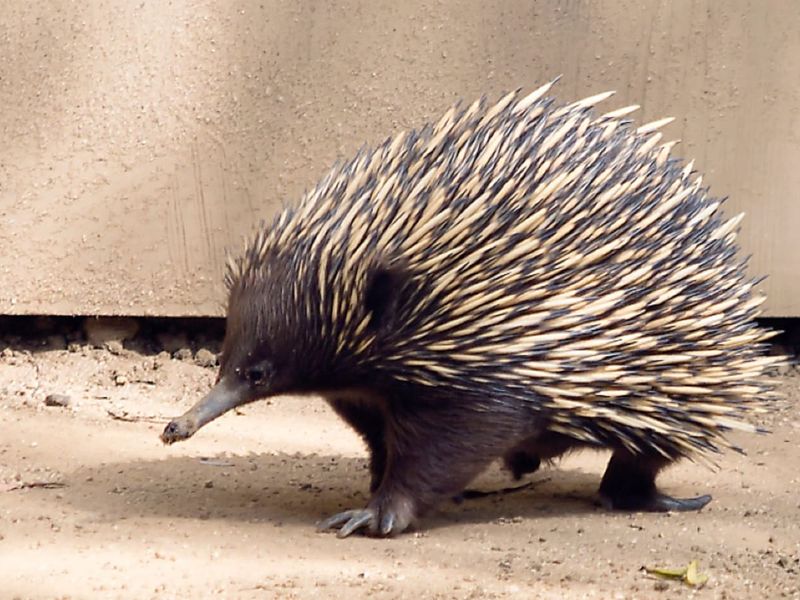
Named after famed naturalist Sir David Attenborough, this critically endangered echidna might already be extinct. Last scientifically documented in 1961 in New Guinea’s Cyclops Mountains, it represents the smallest long-beaked echidna species.
Local tribes occasionally report sightings, keeping hope alive. Deforestation and hunting have devastated its tiny range. Camera traps and environmental DNA sampling continue in remote areas, as researchers desperately search for proof that Sir David’s namesake still clings to existence.
5. Monotreme Milk Patches
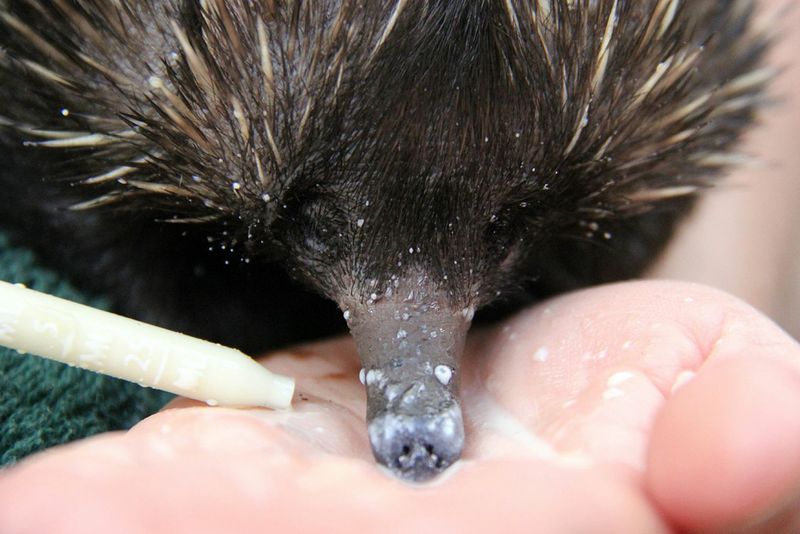
Monotremes rewrote the mammal rulebook with their unique nursing system. Instead of nipples, mothers develop specialized milk patches on their bellies. After hatching, babies lick milk that oozes directly through the skin.
Their milk contains unique antibacterial proteins not found in other mammals. This unusual adaptation represents an evolutionary halfway point between reptilian and mammalian reproduction. Scientists study these specialized proteins for potential medical applications, including new types of antibiotics.
6. Electroreception
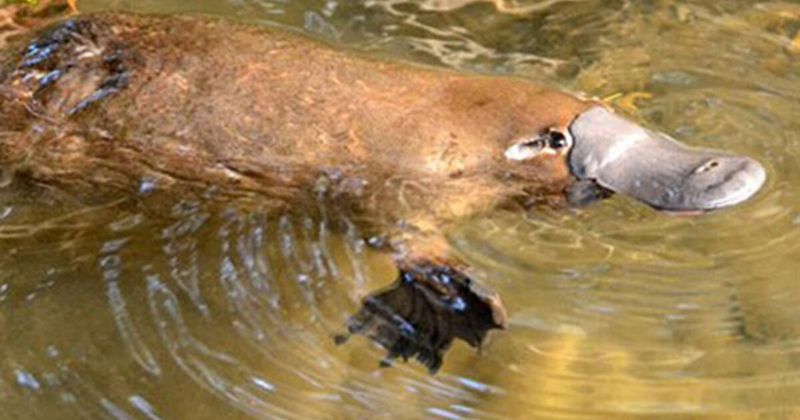
Platypuses hunt with their eyes, ears, and nostrils tightly closed underwater. Their secret weapon? Thousands of electroreceptors embedded in their soft bills that detect tiny electrical fields produced by prey muscles.
This remarkable sixth sense lets them locate crayfish and insect larvae hidden in murky water or river mud. Only sharks, rays, and certain fish share this superpower among vertebrates. Researchers believe this ability evolved independently in monotremes rather than being inherited from distant ancestors.
7. Puggle Protection
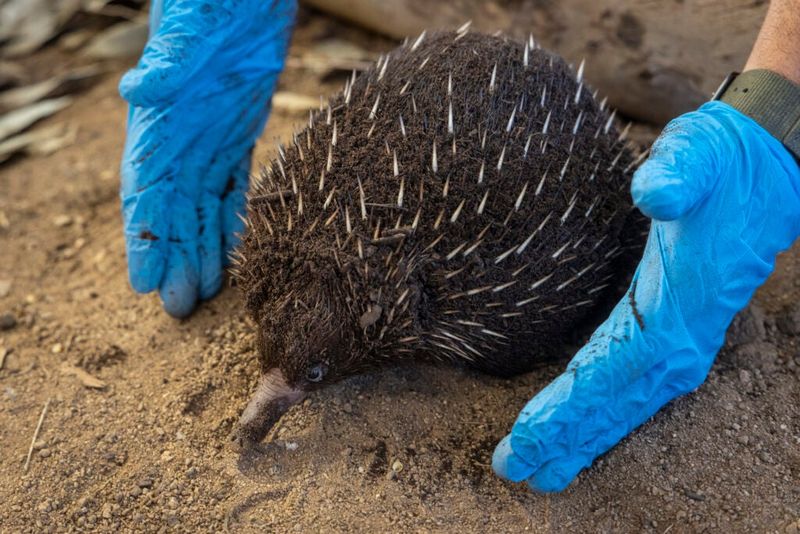
Baby echidnas, adorably called “puggles,” hatch tiny and underdeveloped from marble-sized eggs. The mother echidna creates a temporary pouch by contracting stomach muscles to form a groove where her puggle safely develops.
Inside this makeshift nursery, the puggle attaches to milk patches for two to three months. When puggles grow spines, mothers dig special nursery burrows where they return every few days to nurse their increasingly prickly babies until they’re ready for independence.
8. Venomous Mammals
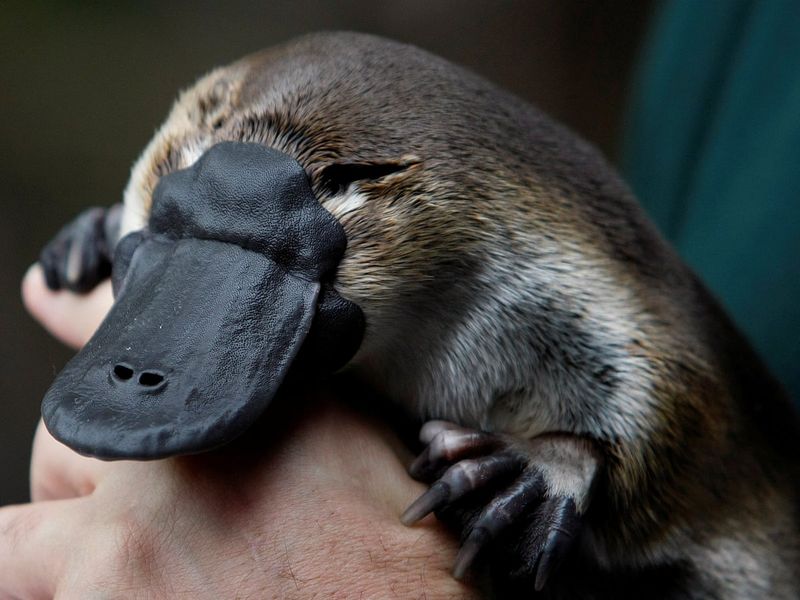
Male platypuses pack a secret weapon—hollow spurs on their hind ankles connected to venom glands. During breeding season, territorial battles can turn dangerous when males inject this potent cocktail into rivals.
The venom causes excruciating pain that can last months and resists conventional painkillers. Curiously, females are born with spur buds that later disappear. Scientists study platypus venom for potential new pain medications, as it contains unique compounds not found elsewhere in nature.
9. Living Fossils
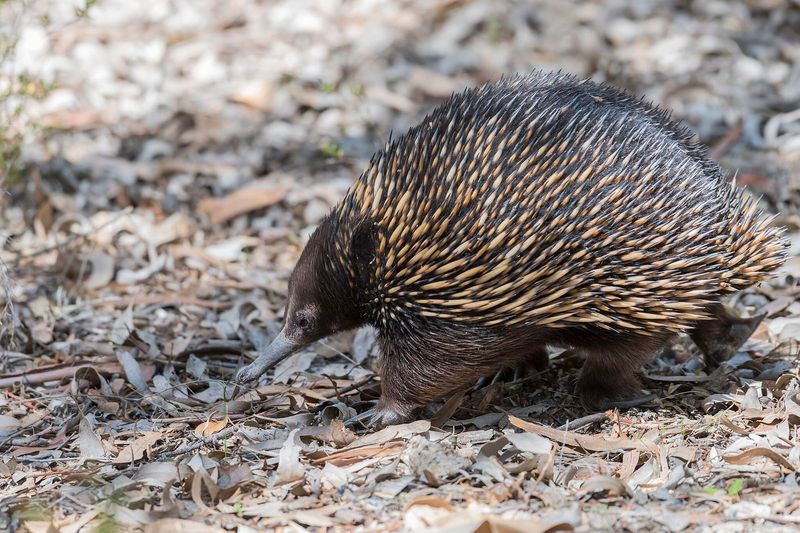
Monotremes represent an evolutionary branch that split from other mammals over 160 million years ago! Fossil records show they once roamed across South America, Antarctica and Australia when these continents were connected.
Climate change and competition gradually restricted them to their current range. Their unique combination of reptilian and mammalian features provides a living window into mammal evolution. Despite countless mass extinctions and environmental changes, these remarkable creatures have stubbornly refused nature’s attempts to eliminate them.
10. Ecosystem Engineers
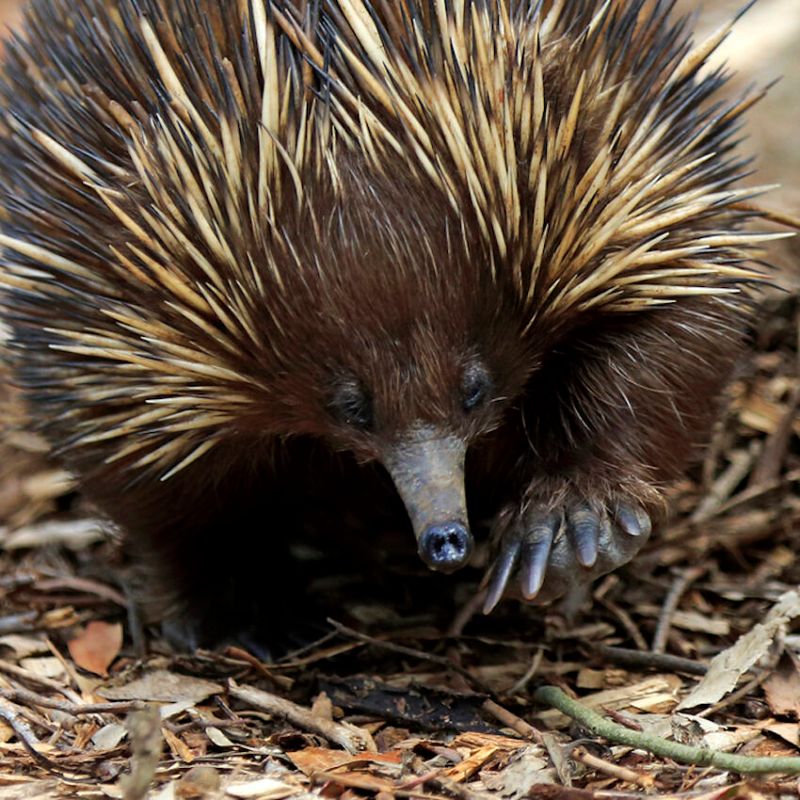
Echidnas move nearly 8 tons of soil yearly! Their powerful digging creates crucial habitat for countless smaller creatures while aerating soil and distributing nutrients throughout ecosystems.
Their constant foraging for ants and termites helps control pest populations naturally. In fire-prone regions, their burrows provide life-saving refuges for small animals during bushfires. Researchers now recognize these spiny mammals as keystone species whose loss would trigger cascading ecological effects throughout their habitats.
11. Platypus Bill
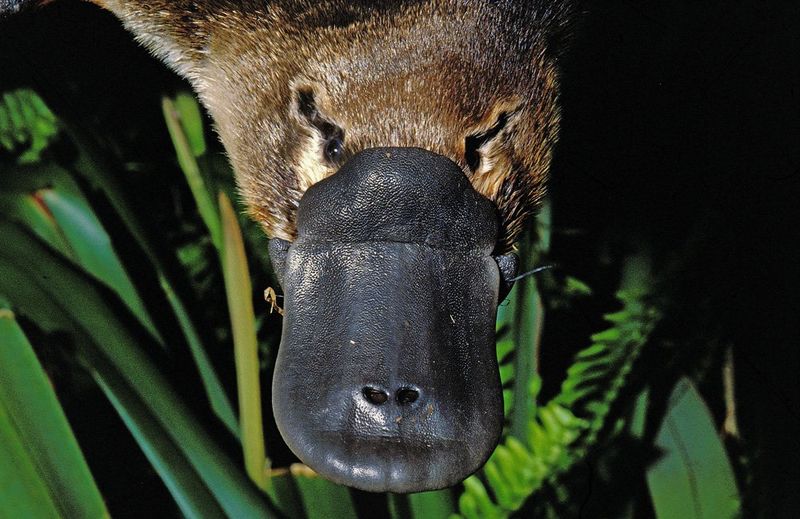
The platypus bill isn’t just for show—it’s a multifunctional marvel! Covered with sensitive skin containing both touch receptors and electroreceptors, it serves as both hand and sensory organ underwater.
The flexible bill contains no bone but cartilage, allowing it to bend while probing riverbed mud. Platypuses store food in cheek pouches while diving, then surface to crush it with specialized grinding plates. Unlike birds’ hard beaks, their bills are soft, moist, and among the most sensitive touch organs in the animal kingdom.
12. Conservation Challenges
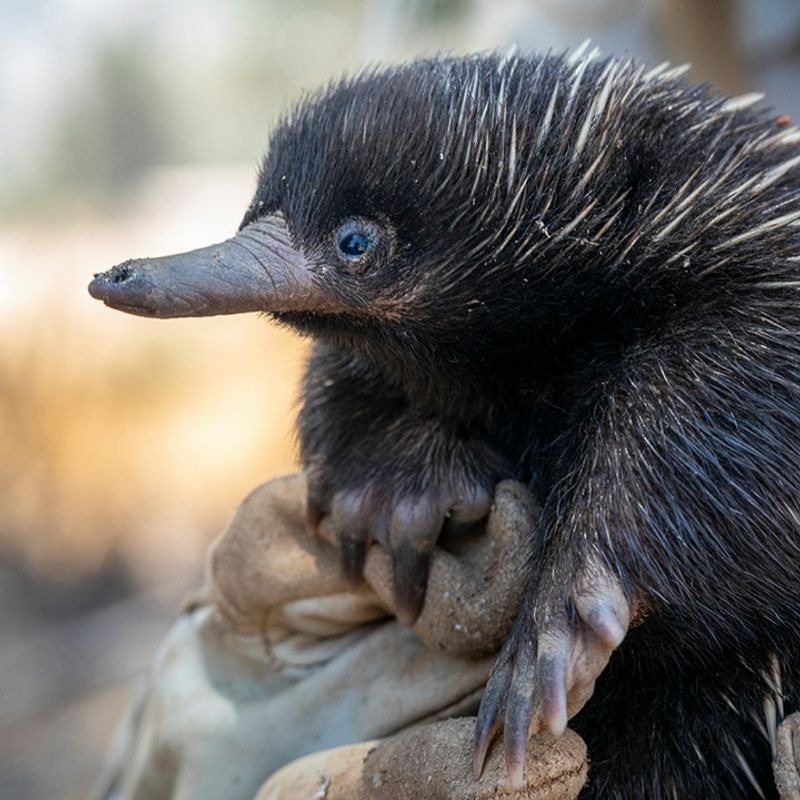
Climate change poses a severe threat to these egg-laying mammals. Platypuses need flowing water to hunt, while increasingly severe droughts dry up their habitats. Illegal fishing nets and traps drown thousands accidentally each year.
For echidnas, vehicle strikes and habitat fragmentation disrupt ancient migration routes. Conservation programs now include specialized breeding facilities, habitat protection initiatives, and wildlife corridors. Citizen science projects engage local communities in monitoring populations, offering hope for these evolutionary marvels.

